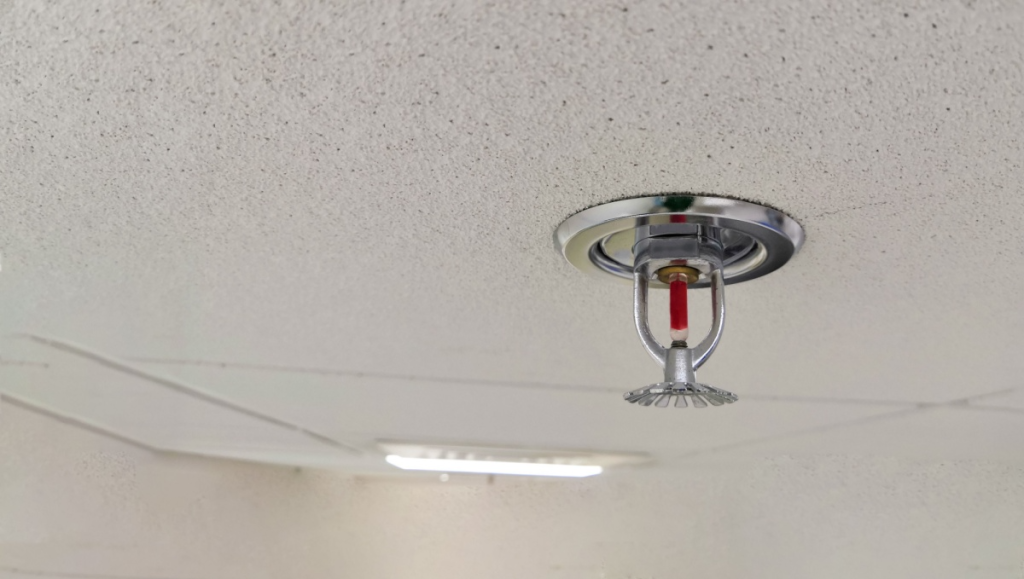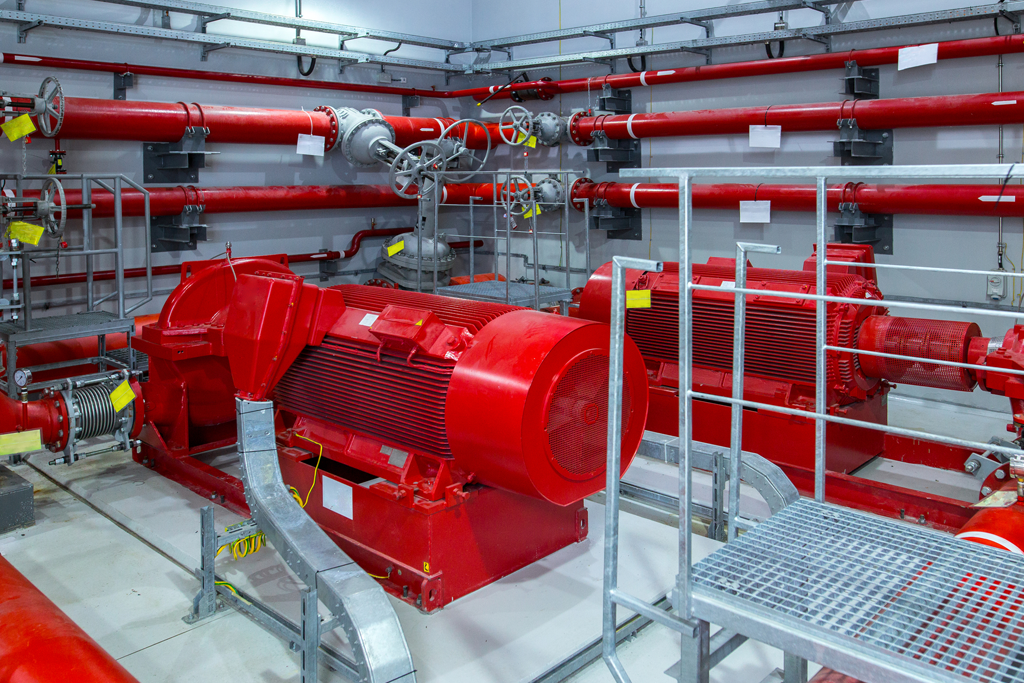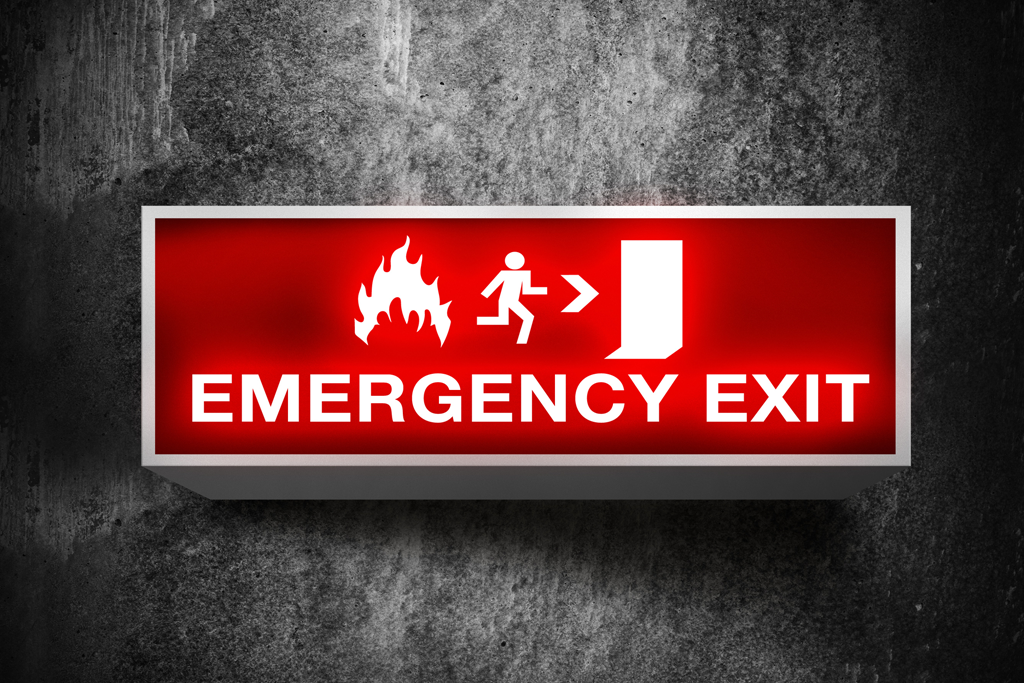Top Warning Signs You Need a New Fire System NOW!

Buildings often show quiet signs before something serious goes wrong. A water stain on the ceiling might mean more than it looks. A corroded pipe or a rust-colored drip could signal deeper trouble hiding inside the walls. These subtle details are easy to overlook, but when they’re tied to your fire system, they should never be ignored.
Fire systems are built to protect lives, property, and everything that matters inside your building. Over time, however, wear, age, and changing safety standards can leave them unreliable. Being aware of the warning signs that you need a new fire system helps you stay ahead of risks and keep your facility protected.
1. False Alarms or Unreliable Alerts
A fire alarm system that goes off without reason is frustrating, but it’s also a warning. Frequent false alarms or delayed alerts often mean the sensors or wiring inside your system have started to fail. These signals point directly to aging components or moisture infiltration in control panels.
Repeated false alarms create real danger. If people start assuming every alarm is false, the system loses credibility. This is one of the strongest signs it’s time to replace your building’s fire alarm system. Upgrading with a new fire alarm installation restores trust in your alerts and keeps everyone responsive during real emergencies.
2. Visible Corrosion or Rust on Pipes and Valves
A reliable fire sprinkler network depends on clear, pressurized water flow. When corrosion, rust, or pitting appears along the pipe or near a valve, that’s a sign that your system’s structural integrity is in decline. Corrosion weakens the metal and can restrict the internal diameter of the pipes, reducing the system’s ability to deliver enough water pressure during a fire.
These problems don’t fix themselves. In most cases, corrosion spreads and eventually causes leaks or failure. Once that happens, you’ll be facing one of the major warning signs that you need a new fire system. If you’ve noticed reddish deposits or damp spots, schedule a professional fire sprinkler system repair and maintenance visit before the damage becomes widespread.
3. Inconsistent Water Pressure During Testing
Pressure fluctuations are another red flag that shouldn’t be ignored. When the system’s water pressure is unstable, it’s often linked to mineral buildup, internal leak points, or failing valves. This issue prevents your sprinklers from releasing water in the right volume or at the right time, creating a serious gap in your fire protection coverage.
Frequent or unpredictable pressure drops indicate it may be time for an updated fire sprinkler system. Regular sprinkler system inspections can help catch these problems before they reach a critical stage, but older systems may need full replacement to restore consistent flow and protection.
4. Outdated System Components
Technology has evolved significantly in the world of fire safety. Systems that were cutting-edge twenty years ago often lack compatibility with newer alarm panels, sensors, and monitoring software. If your building’s system still runs on analog controls, has discontinued parts, or fails to meet the current National Fire Protection Association standards, it’s time to reevaluate.
This is one of the clearer signs it’s time to replace your building’s fire alarm system. Modern systems not only offer faster response times but also integrate with smart monitoring platforms and more accurate detection methods. Updating ensures better reliability and keeps your property compliant with safety codes and insurance requirements.
5. Recurring Maintenance and Repair Costs
If your service reports are starting to look repetitive, you’re likely dealing with an aging system that’s reaching its limit. Frequent service calls, part replacements, and small leaks add up quickly. Eventually, the cost of constant maintenance surpasses the cost of investing in a replacement.
It’s easy to fall into the habit of repairing instead of replacing, but these repeated issues are strong warning signs that you need a new fire system. A consultation with ASCO Fire can help determine if your system can be cost-effectively maintained or if a full upgrade would provide better long-term value. Our engineers can review your construction layout, system design, and risk profile to create a plan that protects your building efficiently.
6. Sprinkler Heads That Don’t Activate or React Too Slowly
During a fire, seconds make all the difference. Sprinkler heads that don’t activate promptly or fail to activate at all often indicate mineral buildup or sensor fatigue. If testing reveals uneven activation times across zones, your system may no longer be reliable in a real emergency.
This type of performance issue is a sign that it’s time to get a fire sprinkler system replacement. In facilities such as warehouses or healthcare buildings, a delay in sprinkler response could allow flames to spread far beyond the point of containment. An updated network of sprinklers, connected to a responsive fire pump, can correct this and restore full operational confidence.
7. Failed or Incomplete Safety Inspections
Safety inspections are designed to catch weaknesses before they become life-threatening. If your fire system has failed recent inspections or received repeated deficiency reports, those findings are impossible to ignore. Inspectors look for compliance with pressure standards, sprinkler head spacing, and alarm functionality.
A failed inspection is a strong signal that your equipment may no longer meet minimum fire code standards. Instead of patching issues, this is the moment to evaluate when to get a fire sprinkler system replacement or upgrade your detection system entirely. A full review with ASCO Fire can identify which components need replacement and which can be retained.
8. Repeated Trouble With Extinguishers and Small Equipment
Your sprinklers and alarms might be the heart of your system, but your extinguishers are still essential. If your extinguishers fail inspection, lose pressure, or no longer meet current standards, it’s a warning that your overall fire protection program needs attention.
ASCO Fire provides complete fire extinguisher replacement services to help maintain safety compliance. A full equipment evaluation can reveal if the problems extend beyond extinguishers and into the core network of alarms, pumps, and sprinkler systems.
Request a Consultation in North Jersey With ASCO Fire Today
If you’ve identified any of these warning signs that you need a new fire system, it’s time to take the next step. ASCO Fire specializes in designing, installing, and maintaining complete fire sprinkler systems, fire pumps, and alarms for a wide range of properties. Our work supports fire safety across industries like healthcare, hospitality, education, manufacturing, and property management.
With certification covering all major categories of fire protection equipment, ASCO Fire provides complete engineering services that meet every applicable fire code.
If you’ve noticed any of the above signs that it’s time to replace your building’s fire alarm system or you suspect internal corrosion, don’t wait for a small problem to escalate. Call 973-633-7300 or email info@ASCOfire.com to request a consultation with ASCO Fire today!






